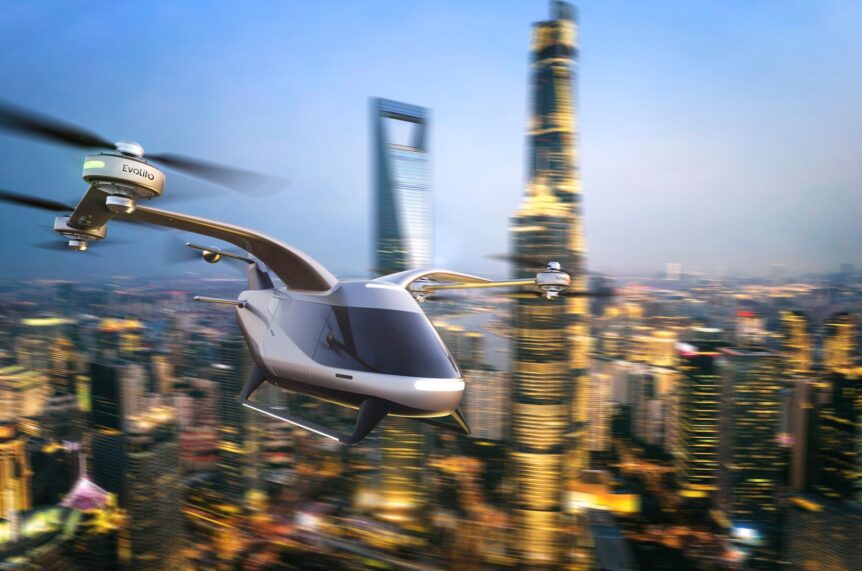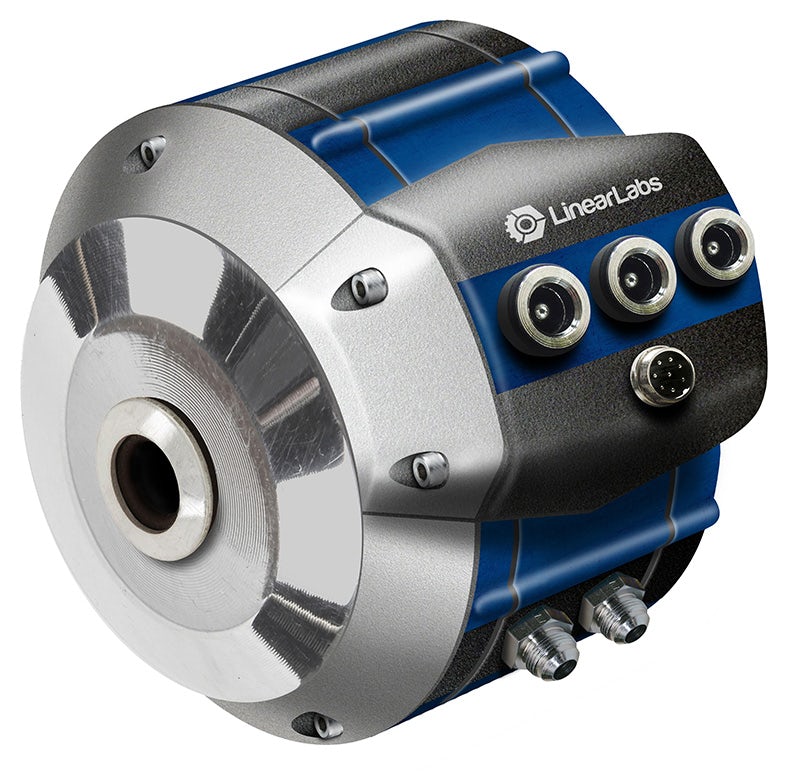A Profusion of Names Evolito is the new name for YASA motors that fly. YASA (Yokeless and Segmented Armature) motors are a product of Oxford University research, and have become a wholly-owned subsidiary of Mercedes-Benz. Mercedes is now creating and marketing a line of electric vehicles using the YASA motors. But what of aeronautical applications? With that in mind, Mercedes spun out Evolito, taking YASA skyward with “high-power density, light-weight electric motors and controllers for aerospace applications.” Evolito’s Managing Director, Gareth Morris, explains, “We’re building the future of electric flight with motors that have the highest power and torque densities in class with the ability to manufacture at scale, whilst achieving efficiencies of over 98%.” Although their web site claims the YASA configuration is a “revolutionary new approach” to motor design, it’s a careful revamping of the axial flux technology invented almost 40 years ago by Cedric Lynch, a self-taught English inventor. Evolito’s axial-flux motors contain significant improvements. Two motors …
HET: Quadrupling the Flux, Quintupling the Torque
Linear Laboratories operates (if you take their video at near face value) out of a barn in Texas and partners with Abtery in Sweden. The partnership is significant, since Abtery is working on a Swedish regional airliner Elise (“Elektrisk Lufttransport i Sverige” or Electric Aviation in Sweden). The project is funded by the Swedish innovation agency Vinnova. And has multiple partners including Chalmers University. Their goal is to apply the HET (Hunstable Electric Turbine) technology developed by Linear to real-world uses. Swedish Partners Anders Forslund, researcher at Chalmers in Gothenburg, Sweden, leads the development project Elise. “We started a little later than they did in other countries but now we’re up and running probably faster than they do. Intensive research is ongoing around the world for a transition from fossil fuels to electric power in aviation, especially in countries such as the United States, China and Germany. It’s all about small start-up companies to big aircraft manufacturers like Boeing.” Sören Granath of Swedish Radio …
Motorcyclist Hums with Electric Bike News
One tenet of the CAFE Foundation’s outlook is that electric automobiles will be a major source of the new technology that will make electric aviation a practical reality. Large-scale production numbers for cars mean lower prices, ubiquitous motors and batteries, and demonstrated performance. Motorcycles offer another source for equipment that could see aircraft applications, since cycles share some of the same criteria for success, including light weight, compactness, and high output of both power and torque – especially true in the ultralight and light sport aircraft range. The motorcycle community’s normally lukewarm assessment of the prospects for battery-powered two-wheelers is heated up considerably in the November issue of Motorcyclist, and that bodes well for electric aircraft. Normally crowded with Harley, Ducati, and BMW gas burners, the magazine’s cover features a dynamic rolling shot of the recent Isle of Man electric Tourist Trophy winner. “SHOCKER! The Mind-Bending MOTOCZYSZ E1PC,” the cover blares, “165-MPH TOP SPEED, 135 HORSEPOWER, 250 LB.-FT. OF TORQUE, …
MotoCzysz Takes Isle of Man in Style
MotoCzysz, an Oregon-based builder of high-end, high performance motorcycles, won the second Isle of Man electric Tourist Trophy (TTZero – for zero emissions) race today, June 11. The MotoCzysz E1PC eclipsed last year’s overall speed for that event’s winning Agni bike of Cedric Lynch, 87.434 mph, and raised that over 10 percent, to 96.820 mph. It came close to running a 100 mph lap of the island, according to Gizmag, but Mark Miller, the Californian riding for the team, held it back to ensure a finish and a win. It did go through the traps at one point at over 135 mph. Even the Agni Z1 ridden by Rod Barber, was faster than last year, finishing second at an average speed of 89.290 mph. Despite the improved times, electric motorcycles still lag behind their internal combustion cousins, but are making progressive leaps toward equalling the best laps of 1,000cc racers. This sudden interest in electric tourist trophy racing is a result of backing and …


